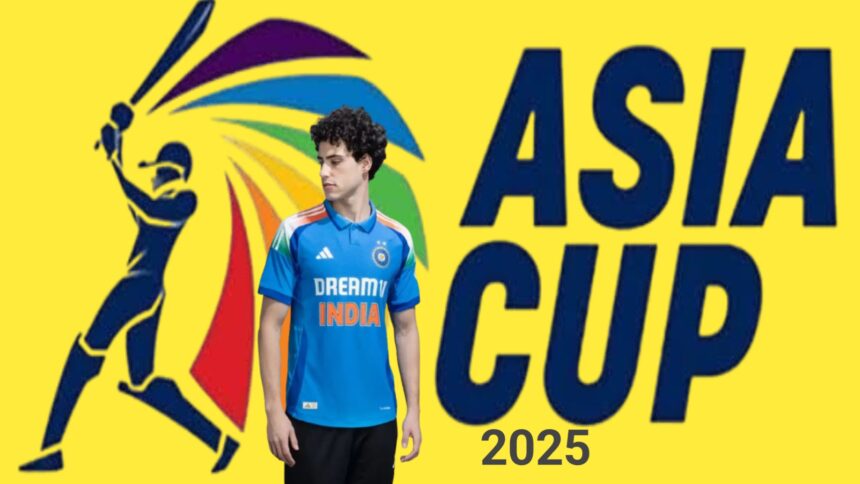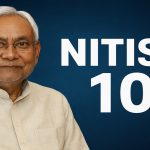By | PR Network
Mumbai: The stage is set for one of world cricket’s most watched encounters as India and Pakistan prepare to clash in the Asia Cup 2025 on September 14 in Dubai. This high-voltage match carries significance beyond sport—it will be the first meeting between the two sides since the intense border conflict in May and the Pahalgam terror attack in April, which have sharply polarized public opinion.
Calls for a boycott have grown louder in sections of India, with critics arguing that playing Pakistan undermines national sentiment. However, the BCCI has firmly defended India’s participation, pointing to the central government’s revised policy: while bilateral cricket with Pakistan remains off the table, India is obliged to compete against them in multinational tournaments such as the Asia Cup, World Cup, and ICC events. Officials stressed that pulling out could lead to wider sporting sanctions and unfairly impact other Indian athletes.
On the cricketing front, the mood in the Indian camp is upbeat. Jasprit Bumrah’s fiery pace and Hardik Pandya’s sharp spells in Dubai training sessions have been a talking point, with young talents like Abhishek Sharma and Shubman Gill impressing in the nets. Adding to the buzz, the Indian team unveiled a new jersey without sponsor logos, which has caught fans’ attention for its minimalist, retro-inspired design.
Pakistan, meanwhile, arrives with a solid bowling unit and a batting order looking to regain form after recent struggles. Alongside them, Sri Lanka and Afghanistan complete the tournament’s roster, but cricket experts and fans alike view India as the strongest contender given its balance of experience and youth.
With political tensions, emotional undercurrents, and cricketing rivalries all converging, the India-Pakistan Asia Cup showdown is shaping up as more than just a game—it is a spectacle that will command global attention.







